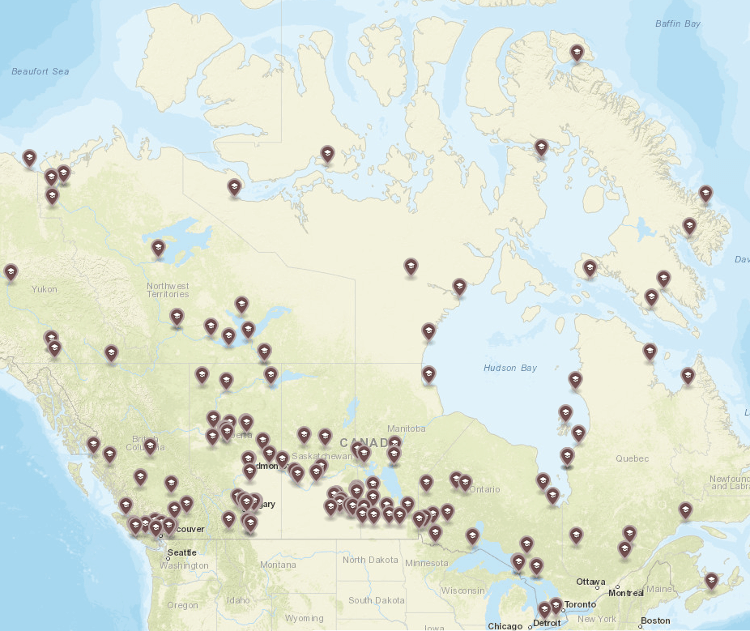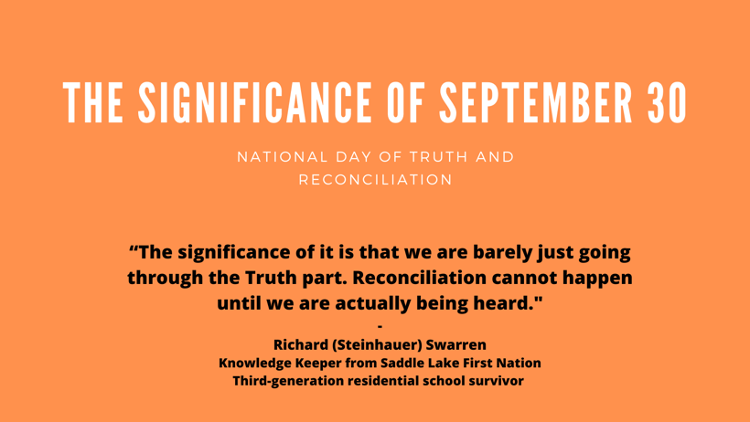Offering Choices to Children
(The photograph above is courtesy of Damian Siodlak)
Those who have spent time with children know some routines and transitions can be hard to guide children through. Many children have difficulty coping with transitions and certain expectations within routines, resulting in them not doing what you expect them to. Offering choices to children is a great strategy and solution to avoid the many conflicts that can arise while guiding children’s behaviour, providing choice and control, allowing children to be part of the decision-making process, while creating boundaries to clearly state your expectations.
Set clear limits by offering choices that you are comfortable with and are willing to let the child choose their option. Before offering a choice, you want to ensure that it is something that you can follow through on. Ensure that, no matter the choice the child makes, it is something you have the ability to control so that the child can then complete the choice they made. Do not offer something that the child does not have a choice in.
For young children, always be clear and provide simple choices with 2 options at most. As the child grows and develops more language skills you may be able to offer 3 choices or more for the child to choose from. You do not want to overwhelm them, too many choices can make the decision difficult at any age.
Yes or No
Be sure when using this strategy that it is something that the child has the ability to say no to. Avoid asking questions like ‘are you ready for bed’ or ‘are you ready for school’ when it is time for those routines. More successful and appropriate questions for those routines would be ‘would you like a story before bed tonight?’ or ‘would you like to bring a book for the ride to school this morning?’
- Would you like a hug?
- Would you like to bring a sweater to school today?
- Do you need some time alone?
Before or After
This option is very useful at supporting transitions that the child may have difficulty with or may be hesitant in completing. This strategy clearly states the non-negotiable task but gives the child some control in how or when it is completed. A few examples of this strategy are, ‘would you like to put your coat on before or after your shoes’ or ‘would you like to brush your teeth before or after your story’.
- Would you like to use the washroom before or after you’re dressed?
- Would you like to read your schoolbook/do homework before or after dinner?
- Would you like to practice your numbers before or after snack?
A or B
This strategy is also quite helpful because it clearly states the end goal however it gives the child the control to determine how they will complete it. For example, you want your child to have a vegetable with their dinner, allow them to choose between peas or carrots.
- Do you want mom or dad to help?
- Would you like to wear your blue or red hat?
- Would you like to pick up the books or the Lego?
Alone or With Help
I find this strategy very useful for tasks children avoid or have difficulty completing. Be prepared to help because quite often they will choose that option. I use this strategy quite often when cleaning up after play time, which also helps to model the behaviour for the child.
- Do you want to put your shoes on or would like my help?
- Would you like to read this book alone or with help?
- Do you want to make you bed alone or with help?
Allow for opportunities of problem solving. Your child may not always make the best choice, but this is okay, and a great learning opportunity. Allow them to complete the choice they made and then ask them questions about what happened, did they make the best choice for the situation? Why or why not and ask them for solutions to solve their problem.
Allowing children to make their own choices provides an opportunity to teach children that they make choices every day, each of their behaviours or interactions are choices. Highlight and praise the choices that you see children making, for example ‘I see you chose to wear your green shirt today’ ‘I see you chose to use your words to solve your problem, great work!’ “I see you chose to ask for help, great problem solving’.
When to not offer choices…
Whenever there are big emotions involved you may want to refrain from offering any choices. At this time when the person is only operating from their downstairs brain, they do not have access to the higher-level thinking brain, causing decision making to be affected. If you truly need to offer choices at this time you will want to keep it simple, just a yes or no at this time.












